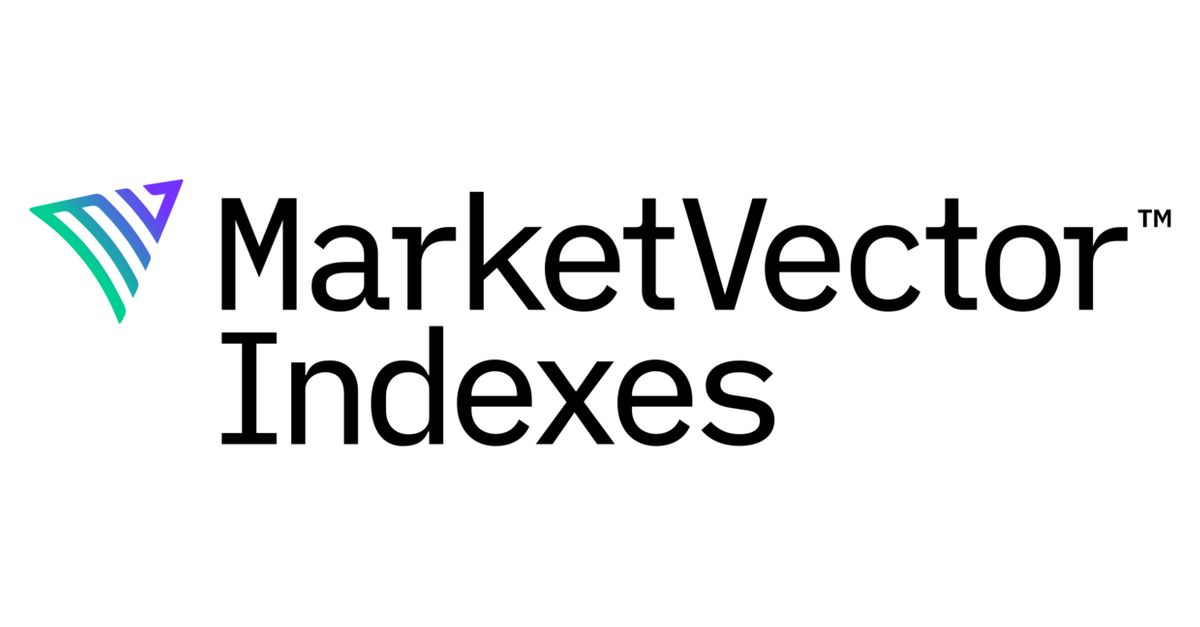If you are reading this article, you are hardwired as an investor. Whether tuned into the latest hot product trends, economic news, or world events, you are probably always thinking, “How can I capitalise on this?” This type of instinctual approach to investing has a name – it is called top-down analysis. Historically, capturing investment thesis involved connecting the dots from trend to individual securities.
Most top-down investors are comfortable identifying a handful of companies but arriving at the optimal opportunity set is elusive and requires an intense research process that could unlock additional value and returns.
Thankfully, thematic indexing is a relatively new tool in the top-down investor’s toolbox. If properly constructed and deployed, it allows portfolio managers to achieve targeted, yet diversified, exposures that correspond with their views.
For instance, soaring inflation and supply chain shortages – especially in the semiconductor space – can be felt acutely across the world today.
A common way to profit off inflation in the financial markets is to invest in commodities such as metals. So you could buy Newmont Mining Corporation or Cleveland-Cliffs, or perhaps even invest in the S&P Metals & Mining Select Industry index, which was up roughly 55% for the year, as at 31 March.
Compared to the MSCI All Country World index of global stocks, which was up only 5.5%, this represented a substantial outperformance that would have yielded profitable results.
However, taking this theme a step further might lead toward a more targeted, thematic exposure within the overall metals and mining complex, homing in on those that are in the shortest supply or highest demand such as lithium, nickel and titanium. The MVIS Global Rare Earth/Strategic Metals index, which specifically and exclusively covers miners of such metals, was up roughly 71% over the same period.
For another tangible example, consider the 2020 US election season, where more investors expected increased government spending on national infrastructure and clean-energy initiatives.
Some of the industries that stood to benefit were clean energy, electric vehicles, engineering and construction, building materials and communications infrastructure. Unfortunately, there are no standard industry or sector indices that capture these expected beneficiaries.
Rather, a thematic index reaching across one or more of these industries, such as the BlueStar 5G Communications index or the BlueStar Electric Vehicle Industry index, would have been most appropriate.
Not all thematic indices are created equal, however. The process that index providers use to determine which companies are relevant to which theme can vary greatly and should be considered carefully. As long as this company-to-theme mapping process is treated with the utmost importance, thematic indices or baskets can allow investors to precisely align their portfolios with both timely but transient as well as long-term structural trends.
Building a thematic index
Sorting through tens of thousands of companies to find those that are truly relevant to an investment thesis may not be the best use of time, or an area of expertise, for most investors.
Using standardised industry classifications does not help much in many cases, and gathering names from internet searches or sell-side industry reports add biases.
Here enters the index provider as a critical component of the investment process, whether the fully designed index will be used to underlie a product or to help investors find single-stock investments that align with an overall top-down investment thesis.
A professionally designed thematic index requires the integration of deep analysis and research into a strict rules-based framework.
Establishing the rules
As index providers become more integral to the investment process, rather than simply providing benchmarks for active managers, it is critically important for indices to offer exposure that are as pure as possible to a given market or segment.
Determining the universe of relevant companies is fundamental for constructing and maintaining any index. But before that, unambiguous rules must be set to ensure that the universe will be appropriate for the targeted index exposure.
For thematic indices, this is a particularly important — and challenging — task that requires a great deal of research and diligence.
The challenge: How does an index provider sort through tens of thousands of publicly traded companies to capture 100% of those that meet the universe criteria and 0% of those that do not? Some providers choose the path of least resistance by curve-fitting the index rules to make the process easier and more operationally efficient.
This can be achieved through the use of relatively standardised sector and industry classifications based on the results of a natural language processing (NLP) process, or even a combination of both.
While expeditious, these processes alone will not help investors gain exposures that truly align with their investment theses.
Alas, there are no shortcuts: A rigorous research layer in the index-development process is essential, and standard classifications and NLP are simply tools at the index providers’ disposal.
Taking a closer look at one relatively straightforward index, the BlueStar Digital Advertising index could be useful. This index is meant to help investors achieve targeted exposure to companies operating in the digital advertising and marketing industry by including only those companies that derive at least 50% of their revenue from activities such as digital advertising exchanges, digital advertising-related data and analytics and digital advertising content production and distribution.
Deep research is key
From a starting point of nearly 34,000 unique companies with a market cap of more than $50m, only 58 (0.17%) meet the pure-play rules of the index.
By casting even a wide net, we can quickly eliminate 98.6% of the starting universe. Only 466 companies are part of related standard industry classifications or produce a keyword hit from an NLP process. With a significantly smaller set of companies, a thorough research process is more feasible.
Using information and data from publicly available sources such as annual and quarterly filings, investor presentations and company websites, we can manually verify that 58 companies meet the rules of the index and 408 do not.
While this process appears straightforward, it is daunting and labour-intensive to do correctly for one index, let alone a way to express a bullish view of the digital advertising space. Omnicom Group is roughly flat over the last five years while the BlueStar Digital Advertising index is up approximately 70%.
On the other hand, 15% of pure-play digital advertising companies are not included in any related standard industry classification and would not be considered without incorporating an NLP process.
At the same time, 381 of those 466 companies have keyword hits from an NLP process but only 2% of those are pure-plays in digital advertising.
Although companies may describe themselves as being related to digital advertising or being heavily involved in it, they might not be a fit for the index. In some instances, even company-reported information is difficult for a researcher to interpret, let alone any sort of automated machine-learning programme.
Typically, this is the case when a company does not report any segment-revenue breakdowns or the reporting segments are too broad to draw direct conclusions from. For example, a company may report that 75% of its revenue is from its “services” segment.
Here we would need to refer to the company’s description of customers and services offered, as well as customer case studies to determine what portion of its services segment is related to digital advertising.
Conclusion
Thematic indices should allow any type of investor to act on their analysis with precision. But the returns of an investment will only correlate with the thesis if the index used is pure and complete; a properly designed thematic index requires a research process to ensure the attributes are achieved.
So the next time you are hit by lightning and come across the next big investment idea, do not leave money on the table or anything to chance. Sure, you can do some initial research and buy a couple of individual stocks that feel like a fit. But the more sophisticated and high-conviction approach is to use a well-constructed thematic index.
Joshua Kaplan is global head of research and investment strategy at MarketVector Indexes
This article first appeared in Thematics Unlocked: Signs of a maturing ETF market, an ETF Stream report. To access the full issue,click here.



